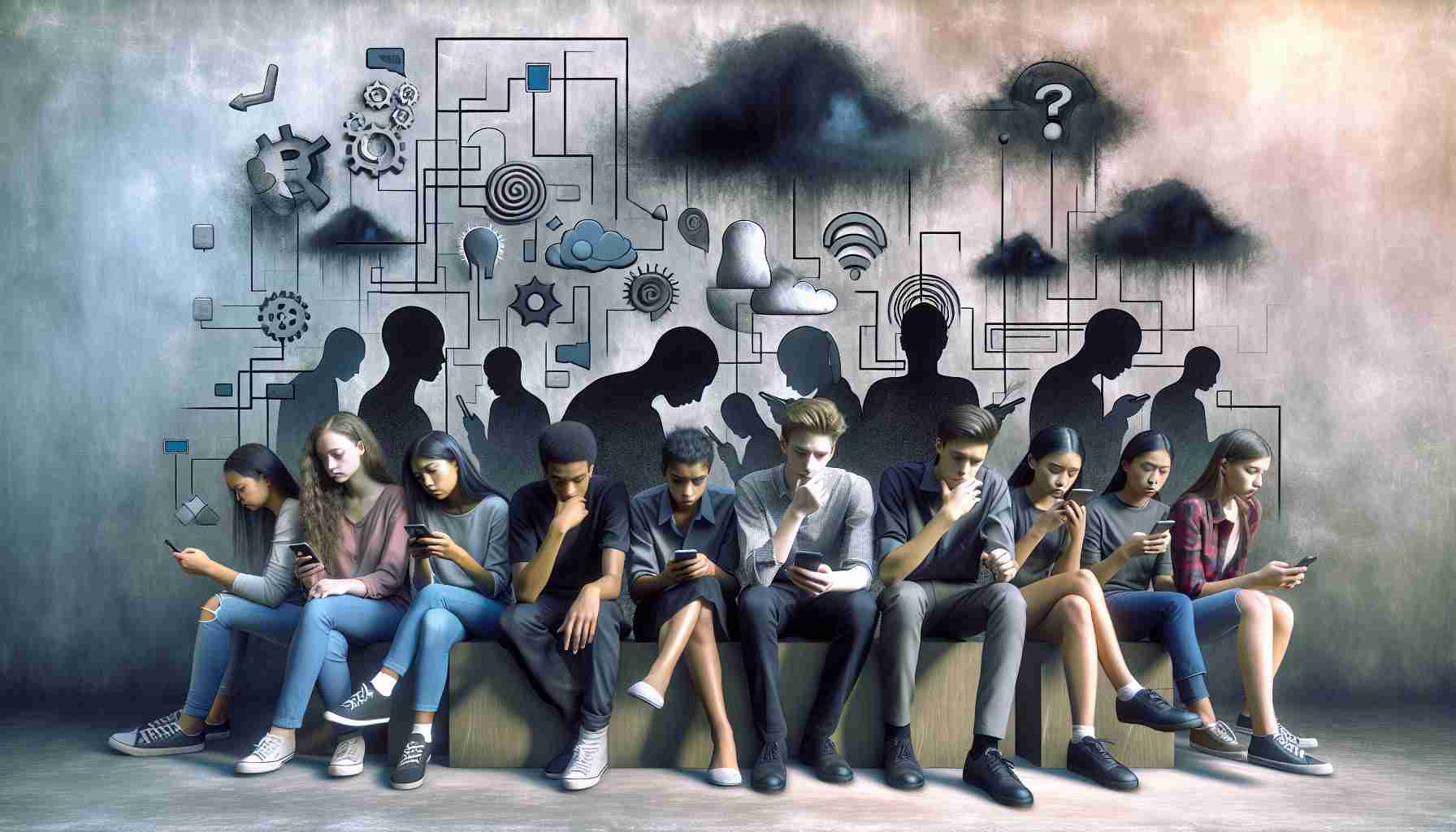The Influence of Smartphones on Youth Well-being
Over the past decade, the mental health landscape for adolescents has taken a concerning turn. A pronounced increase in depression and suicidal behaviors has marked this period, especially within the United States. Statistics paint a grim picture, with depression rates for teenagers increasing significantly and suicidal tendencies also escalating, particularly among young girls and boys between the ages of 10 and 14. A similar trend has been observed in the United Kingdom, where anxiety has surged among young people.
Many experts have identified the ever-present smartphone as a potential catalyst for these distressing changes. With the advent of the iPhone and the subsequent proliferation of apps vying for user attention, the relationship between children and technology began to change. The competition among app developers to monetize user engagement, coupled with the introduction of social validation features like likes and retweets, has contributed to reshaping childhood experiences into something more insidious than previously recognized.
It’s no secret that smartphones have become ubiquitous among children, with a significant majority owning one by the time they enter their teenage years. This presents a challenge for parents who wish to limit their children’s exposure. A poignant conversation with Daisy Greenwell, a journalist and co-founder of the Smartphone Free Childhood movement, reveals the social pressures children face to conform to the smartphone norm. She suggests that if a substantial number of students reverted to using basic mobile phones, it could alleviate some of the social pressures and potential mental health risks associated with smartphone dependency.
The Influence of Smartphones on Youth Well-being
The relationship between smartphone usage and mental health concerns in adolescents is a subject of increasing scrutiny as depression and suicide rates among teenagers rise. In the United States, this issue is particularly pressing, with a noticeable incline in mental health struggles among youth. In the United Kingdom, anxiety disorders among the young population are also becoming more prevalent.
Key Questions and Answers:
What is the impact of smartphones on adolescent mental health?
Smartphones can adversely affect adolescent mental health by promoting excessive screen time, contributing to sleep disturbances, enabling cyberbullying, and fostering an environment for social comparison through social media, which can lead to feelings of inadequacy and anxiety.
How does social media contribute to mental health issues?
Social media platforms, which are easily accessible via smartphones, often encourage social comparison and feedback-seeking behavior, such as the pursuit of likes and comments. This can fuel feelings of low self-esteem, loneliness, and depression, particularly if adolescents’ online experiences are negative or if they feel their lives do not measure up to the perceived success of others.
What can parents do to reduce the negative impact of smartphones?
Parents can set boundaries on smartphone usage, encourage alternative activities that promote face-to-face interactions, and educate their children about responsible digital behavior. Initiatives like the Smartphone Free Childhood movement, mentioned in the article, encourage a collective approach to reducing dependence on smartphones.
Key Challenges and Controversies:
– Digital Literacy and Education: There is an ongoing debate about the best strategies to teach digital literacy and responsible smartphone usage to children and adolescents.
– Balancing Benefits and Risks: Smartphones provide educational and social benefits, so there’s controversy over how to balance these positives with the potential harm to mental health.
– Data Privacy: Concerns related to data privacy for children and teenagers on social media platforms are also at the forefront of the controversy.
Advantages and Disadvantages:
Advantages:
– Smartphones allow for constant connectivity and access to information.
– They provide educational resources and can facilitate learning.
– They offer opportunities for social connection, especially for those who may feel isolated.
Disadvantages:
– They may contribute to mental health issues such as anxiety, depression, and sleep disorders.
– They can be tools for cyberbullying and exposure to harmful content.
– They may lead to addictive behaviors and overuse, which can disrupt daily activities and social interactions.
The topic is expansive and summarizes numerous complexities in the relationship between smartphone usage and adolescent mental health. Interested readers and experts might explore reputable resources for further information, including:
– American Psychological Association at www.apa.org
– The National Institute of Mental Health at www.nimh.nih.gov
